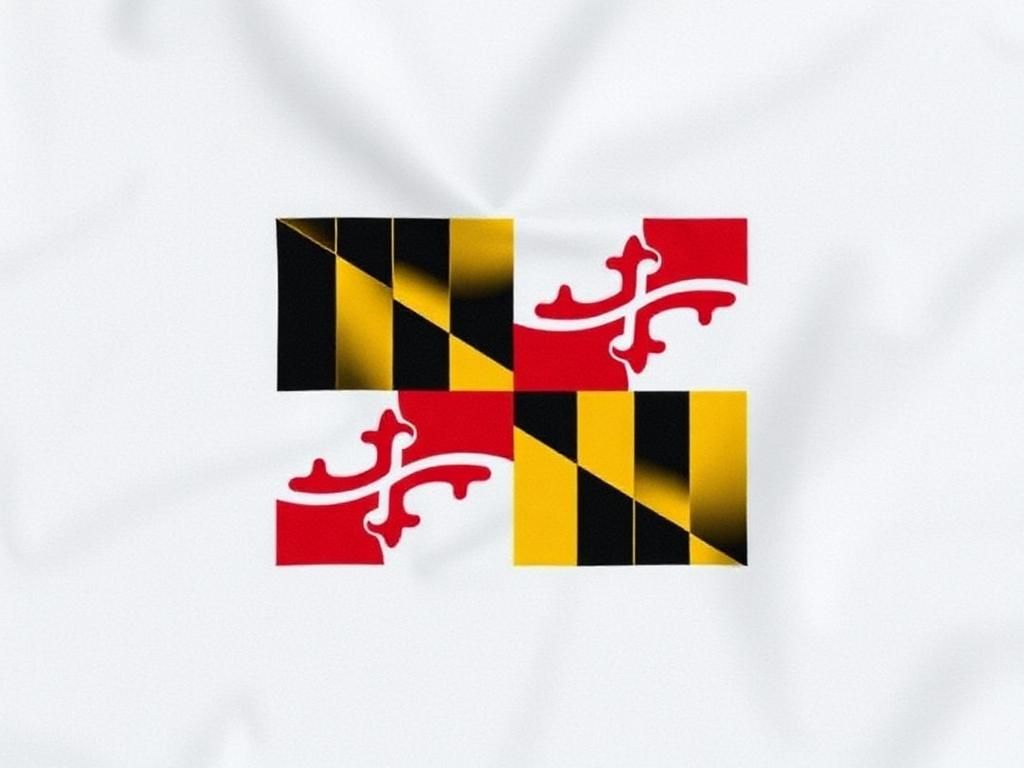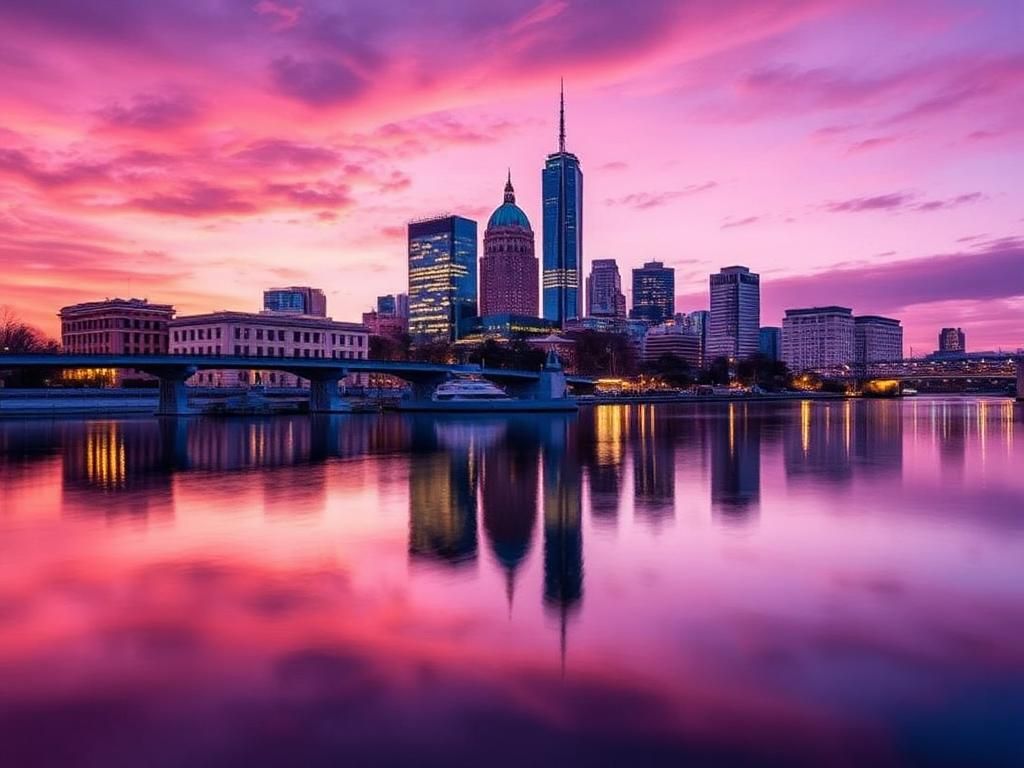Understanding the nuances of legal tint in MD is essential for any vehicle owner looking to enhance the aesthetics, privacy, and comfort of their car while adhering to state regulations. The increasing popularity of window tinting among Maryland residents highlights the need for awareness regarding the specific laws governing this practice. As more people opt for tinted windows, it becomes crucial to understand the applicable regulations, potential penalties for non-compliance, and how medical exemptions may play a role in legality. This article aims to provide a comprehensive guide on the legalities surrounding window tinting in Maryland, ensuring that readers remain informed and compliant.
Maryland’s Window Tinting Laws
General Overview
In Maryland, window tinting is regulated under Maryland Vehicle Law. The regulations surrounding window tinting have evolved over the years, reflecting changes in societal norms, vehicle safety standards, and technological advancements. The rationale behind these regulations primarily focuses on traffic safety and visibility, aiming to strike a balance between aesthetic enhancement and ensuring that law enforcement can operate effectively without obstructions caused by excessively tinted windows.
Types of Window Tint Calculations
A crucial aspect of navigating legal tint in MD involves understanding the concept of Visible Light Transmission (VLT) percentage. VLT measures the amount of visible light that can pass through the tinted window. The significance of this metric cannot be overstated, as each window type, from front to rear, has its own legally permitted VLT percentage.
Legal Tint Percentages in Maryland
Front Windshield
When it comes to the front windshield, Maryland allows a maximum VLT of 35%. This means that a minimum of 35% of visible light must be able to enter through the windshield. However, exceptions exist for individuals with documented medical needs, permitting them to have darker tints. Compliance with these standards is vital, as excessive tint can impair a driver’s visibility, especially at night.
Front Side Windows
The front side windows are subject to a slightly stricter guideline, where a VLT of 35% is also the maximum allowed. This requirement aligns Maryland’s tinting laws with those of several surrounding states, ensuring uniformity and enhancing road safety.
Back Side Windows
For back side windows, the regulations allow for a maximum VLT of 5%. This permissive guideline reflects different considerations for driver and passenger safety while offering greater flexibility for vehicle customization compared to front side windows.

Rear Window
The rear window also permits a darker tint, with a maximum allowable VLT of 5% for sedans. For SUVs and vans, there is generally more leeway in tinting, permitting full legal compliance while still maintaining the necessary parameters for law enforcement visibility.
Medical Exemptions for Window Tinting
Eligibility for Medical Exemption
Eligibility for medical exemptions in Maryland depends on certain qualifying conditions that impede an individual’s ability to tolerate sunlight. Common conditions may include lupus, melanoma, and severe light sensitivity. To obtain a medical exemption, individuals must supply the appropriate documentation, typically from a licensed healthcare professional, who can certify the medical necessity for a darker tint.
How to Acquire a Medical Exemption
Applying for a medical exemption involves several steps. First, consult with a healthcare professional who understands the state’s laws surrounding medical exemptions and can provide the necessary documentation. Afterward, complete the application process, which often requires submitting forms to the local Department of Motor Vehicles (DMV). The approval timeline varies but typically ranges from a few weeks to a couple of months.
Tinting Materials and Products
Types of Window Films
Not all tinted windows are created equal. Various types of window films are available, such as dyed, metallic, and ceramic films. Each type has distinct properties that can influence both legality and performance. Dyed films may offer aesthetic appeal but typically have lower UV protection. In contrast, ceramic films provide superior heat rejection and UV protection while meeting legal standards.
Impacts on Vehicle Safety and Security
Window tinting presents numerous benefits, including UV protection, glare reduction, and heat management. However, it’s imperative to ensure compliance with state regulations concerning tint levels. Using illegal tint can not only pose risks such as officer visibility concerns but can also compromise the vehicle’s safety features defined by law.

Penalties for Non-Compliance
Traffic Violations Related to Window Tinting
Failing to adhere to Maryland’s window tinting regulations can result in traffic violations and fines. Fines for illegal window tint can vary, but repeat offenders can face escalating consequences, including higher fines and possible vehicle inspections.
Impact on Vehicle Inspections
Passing state inspections is critical for vehicle registration. Illegal tints may disqualify a vehicle from passing inspection, leading to difficulties in registration and potentially affecting insurance premiums.
Tips for Ensuring Compliance
Choosing the Right Tint Installer
Selecting a certified and experienced tint installer is vital for ensuring that the tinting process aligns with the legal requirements in Maryland. It’s essential to ask installers about their certification and experience, as well as verifying that they use compliant materials.
Checking Tint Levels
Once your tint is applied, it’s prudent to check the assigned VLT levels for compliance. Various tools are available for testing, and regular checks post-installation can help maintain legal standards.
Conclusion
Navigating the world of legal tint in MD is crucial for all vehicle owners concerned with aesthetics, comfort, and safety. Staying informed about the laws, opting for compliant products and installers, and understanding the ramifications of non-compliance are essential steps to ensure a smooth driving experience in Maryland.
Additional Resources
To learn more about Maryland’s specific laws on window tinting along with additional information, you may refer to the Maryland Transportation Authority’s official website. For more personalized inquiries, contacting your local DMV can provide tailored assistance regarding tint regulations.
Frequently Asked Questions (FAQs)
- What is the current legal tint percentage in Maryland?
The maximum VLT for front side windows is 35%, while back side windows can have a VLT as low as 5%. - Can I get tinted windows if I have a medical condition?
Yes, individuals with qualifying medical conditions can apply for medical exemptions allowing darker tints. - What happens if I get pulled over for illegal tint?
You may face fines and possible requirements to rectify the situation by removing or adjusting the tint. - How can I ensure my tint is compliant before installation?
Choose a certified installer and discuss the VLT levels specific to Maryland regulations.
| Window Type | Maximum VLT (%) | Notes |
|---|---|---|
| Front Windshield | 35 | Exceptions for medical needs |
| Front Side Windows | 35 | Uniform across state lines |
| Back Side Windows | 5 | More flexibility for customization |
| Rear Window | 5 | Varies by vehicle type (SUVs/vans) |